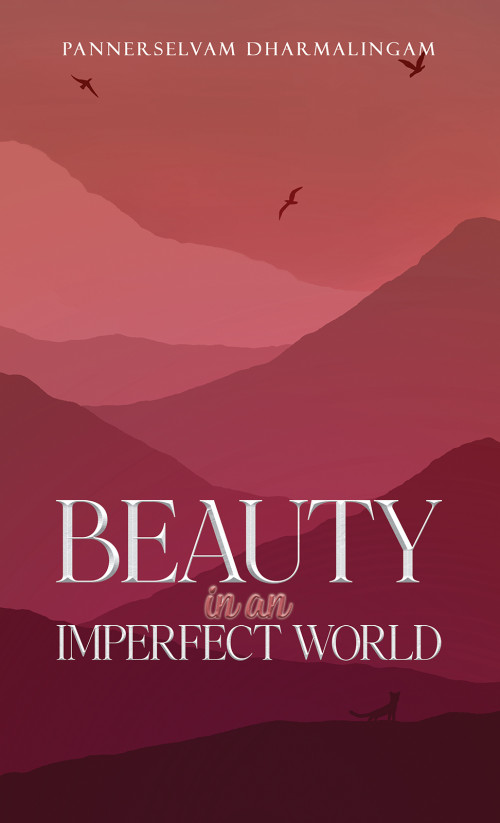David Donaldson's 'Season's Treasury' is life enhancing. From the introductory 'New Year's Day' the reader is invited to accompany the poet on a walk through the seasons. 'We wind our way up a frozen hill', he begins, and he takes us with him through countryside which he knows intimately and describes with deep personal feeling.
In one of the last poems, 'A walk in January', he examines his relationship with nature. With a Wordsworthian sensibility he writes:
'Past, present and the future coming on
And we, too, immersed in this,
And also free, as if we stood in a Now
Where all as far as the eye can see
Were immersed in us and living there
As surely as our breath and blood:
The stones, the spring, the birds, the trees.'
The diction in David Donaldson's poetry is clear and clean. He uses repetition and assonance to explore his themes, give structure to his poems and for musical effect. Line breaks build rhythm and meaning.
His observation is detailed and precise.
'Foxgloves are charred stems'.
'Fingers of leaves criss-crossing the woods,
Pouring over acres of crinkled bracken,
A dance, a fragrant haze of violet-blue'.
'Stitchworts frail as sparrow legs.
Sunny celandines, herb robert almost
Lost in frills and lace of cow parsley
Luminous in the late grey light.'
Detail such as these can only be realised by someone who knows nature at close first hand and has a real affinity with it. So when he writes:
'Twilight. In the knee-high grass
Stand three black cows
In a buttercup meadow.
And the smallest one, a calf,
Suddenly plunges her black head
And is off, streaming through the grasses
Tail held high, while the others, giddy
With fragrance of the white may,
Give chase.'
We readers know that we are in the company of a true countryman and poet.
These poems are so rich in descriptions like this it is difficult not to quote endlessly!
And they are supported by imagery that can startle with its originality:
'And now, summer's finally opened
The garden show. A jostling carnival
Of foliage, flowerson tiptoe.....'
a rainbow 'like a proscenium arch/ Lit up for a play'.
In St. John's Tide he writes:
'The sun speaks. Light
Is its speech'
and, in Midwinter, he describes the earth:
'... Secure
In the sun-stored warmth of her own depths,
The Mother is great with child'.
David Donaldon's relationship with nature is so sensitive and intimate that it is at times almost mystical. At times he feels that his presence is an intrusion into the natural world, but at other times he feels an integral part of the natural world:
'Midsummer's an embrace. To be received
Or not. An invitation to rise like scent
Or winged seed, to be your journeying
Self, embraced and embracing'.
'But something lingers on, refuses
To fade as I step back inside: a warming
Sense of hearts-ease. Of shared presence'.
The seasons he is most excited by are Spring and Summer. His poetry is celebratory and rhapsodic. He talks of 'summer's endless, endless blue', that 'summer never ends'. Then autumn and winter arrive and he, like the world of nature, struggles to survive, in a 'shrunk' world. Throughout winter he is impatient for springtime and rebirth. 'Spring's overflowing tide will not be long', he writes; he waits for earth's 'pots of gold, its buried treasure', a 'change of mood: joy, joy, displacing wintry gloom.'
These are poems of the highest order. They deserve to be read as a collection and a good starting poit might be the poem Michaelmas:
'Is where the year begins; when the plough
Buries the summer's stubble and the earth
Turns to us the darkness of her face'.
Once the journey through the seasons has been completed though, to spend time with each poem is extremely rewarding. Every poem represents a landmark, and each poem reveals more of its beauty and complexity with every reading.
I write as someone who grew up in the country and know it well. My own knowledge of the countryside and my own loving relationship with 'stones, the spring, the birds, the trees' have been greatly enhanced by David Donaldson's wonderful poetry.

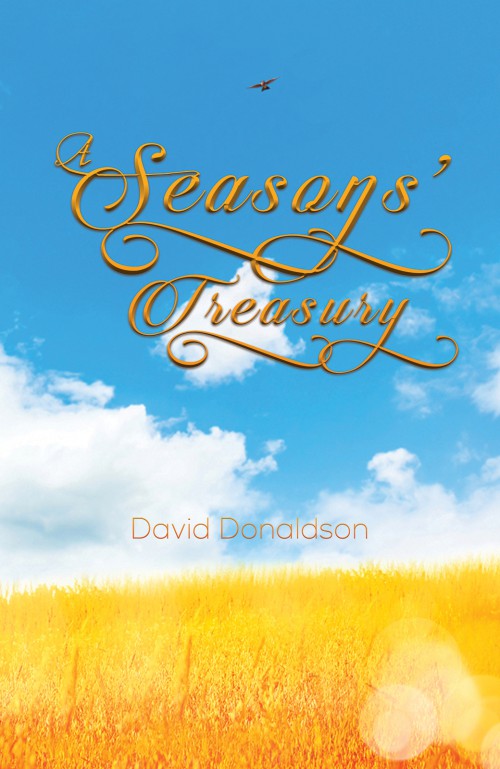




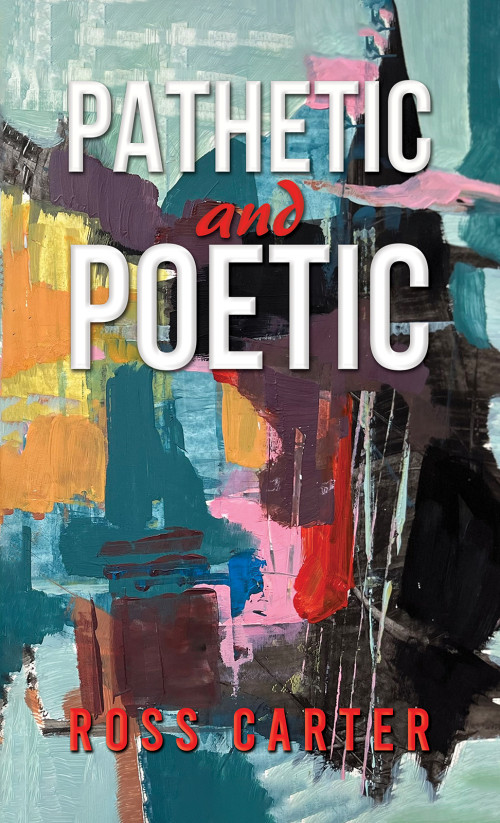
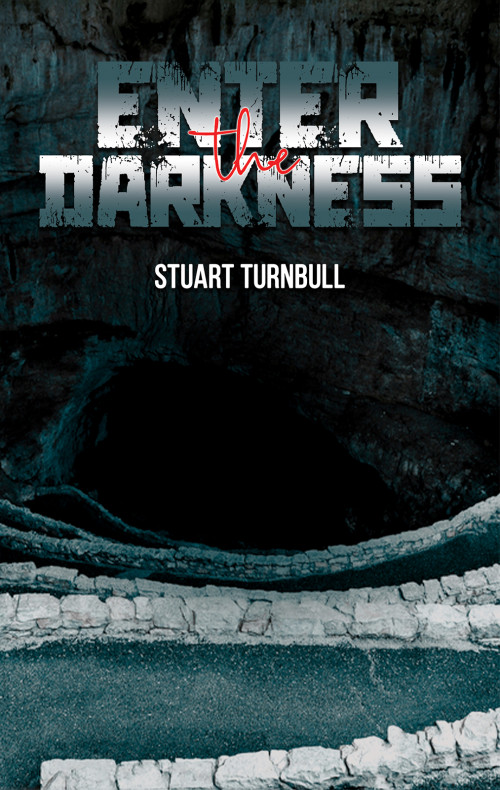
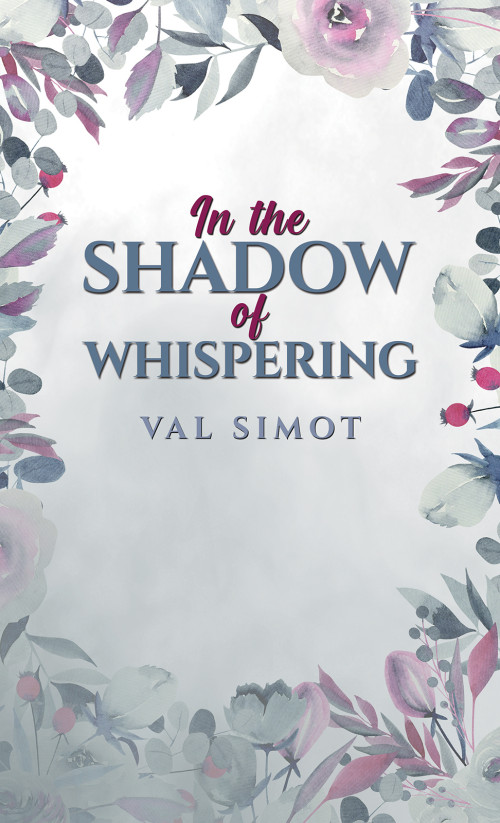
-657ab813f0397uploaded_image.jpg)

